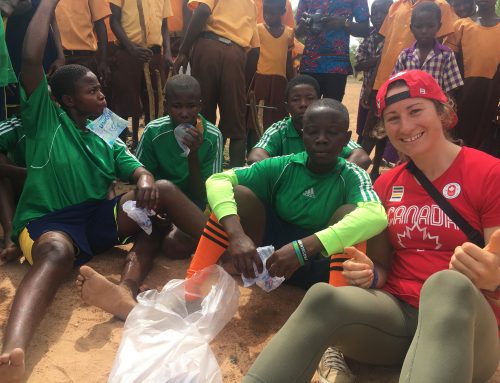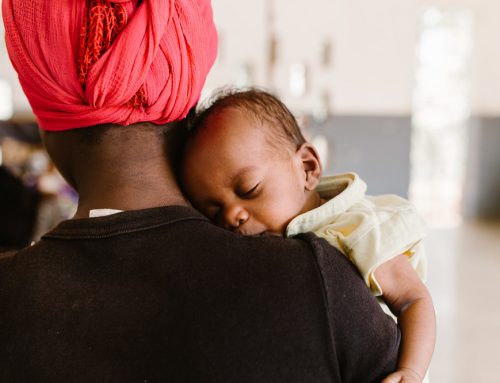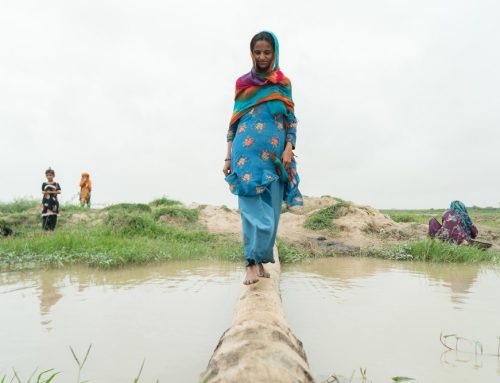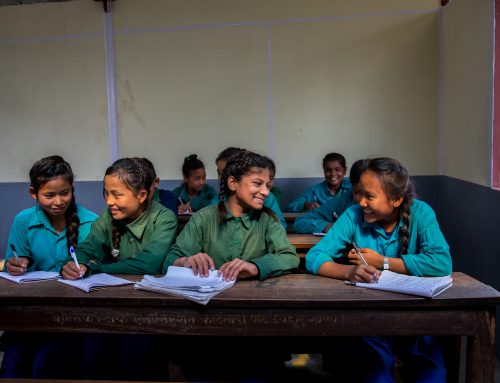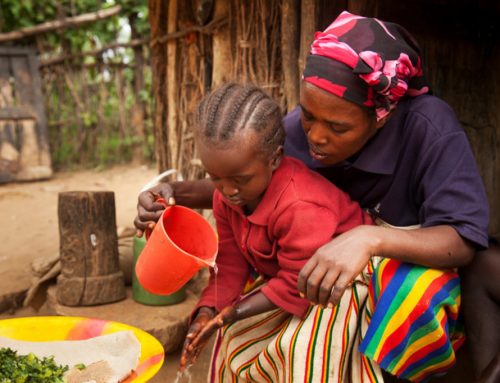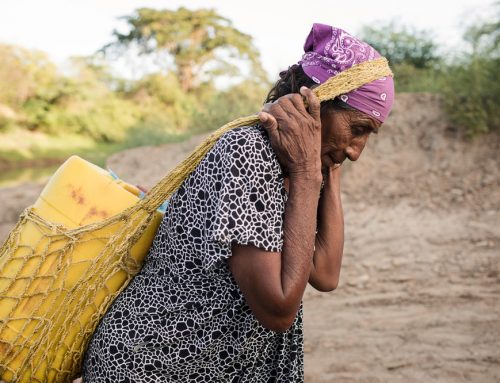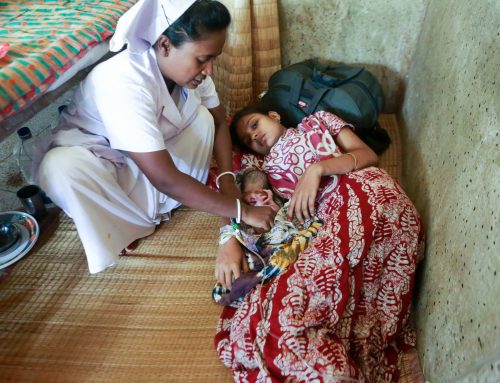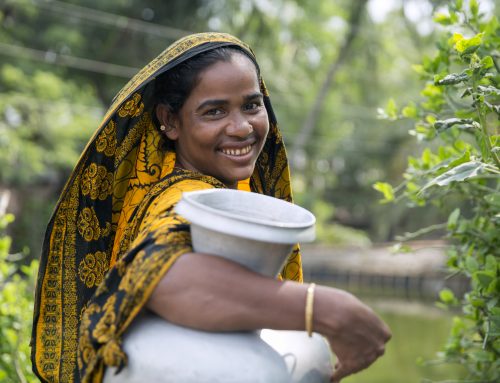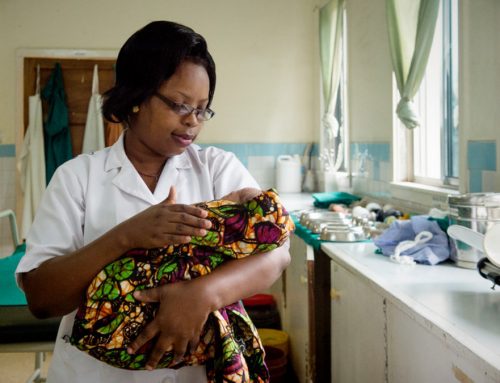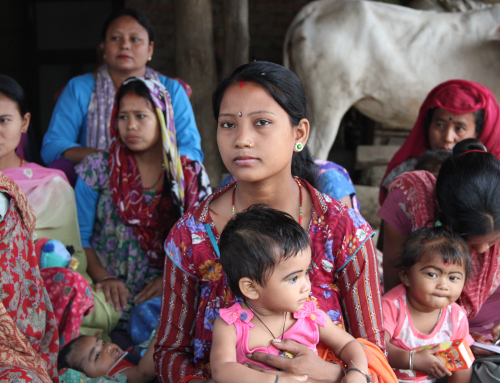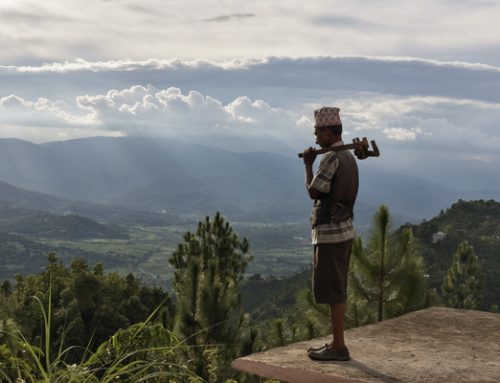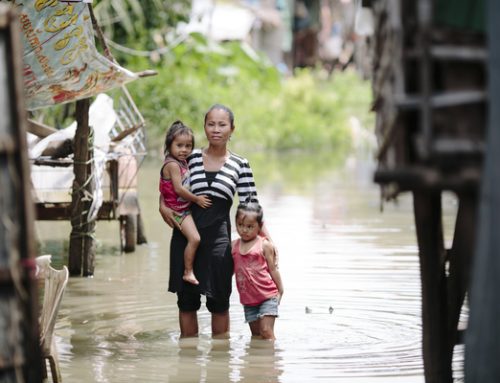Sisters Manjula, 9, and Gouramma 13, fall well below the growth standards for their age. They live in Ooti town in Karnataka State, an area where there are high rates of open defecation. Children at their school often faint in class, and 30% of students miss school because of illness at any one time. Both girls are looked after by their grandmother Yellama:
“My granddaughters have not grown according to their age. God knows why they are so short. They complain of stomach ache. Sometimes their hands and legs ache too.”
India is the world’s second most populous nation, and a country with a well-known sanitation crisis has been named as having the greatest number of children in the world who are stunted. The new WaterAid report, ’Caught Short’, reveals that 48 million children in India, or two in every five under five, are suffering from stunted growth, which affects their physical development as well as cognitive and emotional development.
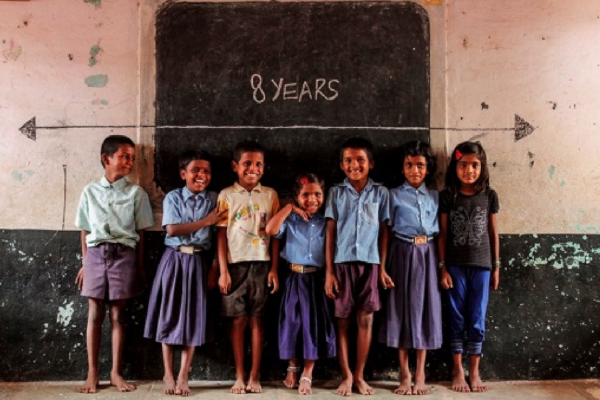
Schoolchildren in India
Nigeria and Pakistan rank second and third with 10.3 and 9.8 million children stunted respectively. The Southeast Asian nation of Timor-Leste, and also one of the world’s newest countries, tops the list for having the highest percentage of children who are stunted, at 58% (please see report for full list).
Stunting is a lifelong consequence of malnutrition in the first two years of a child’s life and is largely irreversible after that age. The report highlights that malnutrition is not just caused by a lack of food — a lack of access to a safe toilet, clean water and good hygiene practices plays a major role too as repeated bouts of diarrhoea – often caused by dirty water and unhygienic environments – are directly linked to malnutrition.
Worldwide, some 650 million people in the world still do not have access to clean water and more than 2.3 billion do not have access to basic sanitation, with devastating results.
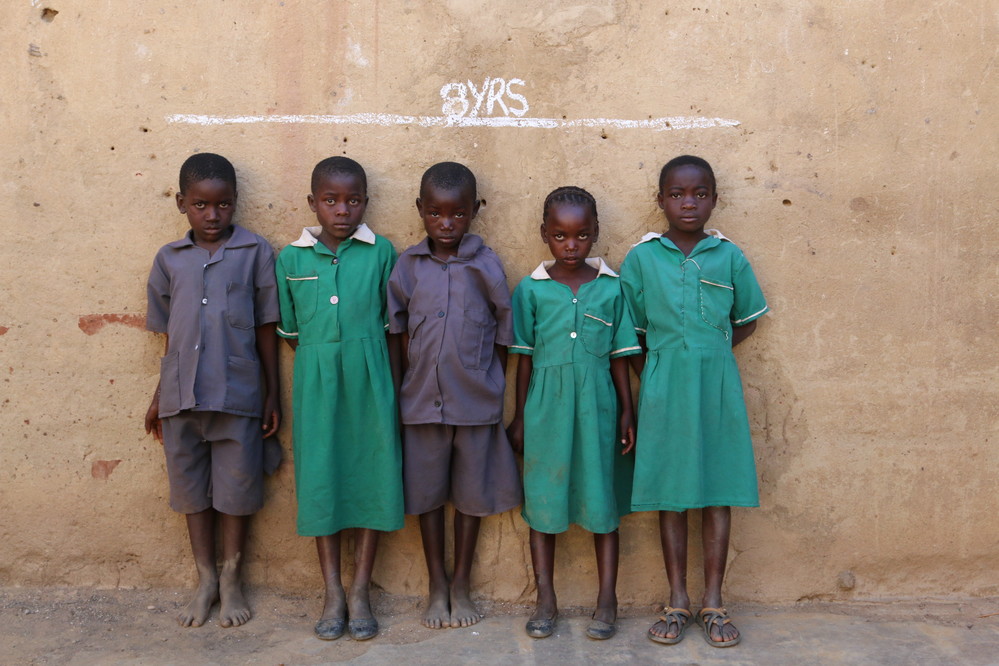
ambia: A group of 8-year-old children at Mulongalwili school, Monze District, Zambia stand beneath a chalk line indicating the global average height for their age as outlined by the World Health Organization. Photo credit: WaterAid/ Chileshe Chanda
Some 315,000 children under five die each year of diarrhoeal diseases related to the lack of these basic services. And 50% of malnutrition cases are linked to infections, including chronic diarrhoea, caused by lack of clean water, good sanitation and good hygiene including handwashing with soap.
Other key figures highlighted in the report include:
- Globally 159 million children under the age of 5 are stunted – one in four children of this age
- Five or more cases of diarrhoea before two years of age can lead to stunting
- Malnutrition costs 11% of GDP annually across Africa and Asia
WaterAid Chief Executive Barbara Frost said:
“It is unacceptable that one child in every four around the world suffers from stunting. This not only makes children shorter for their age, but affects their emotional, social and cognitive development, meaning their lives and life chances are forever changed. Yet good food, the focus of most malnutrition programmes, will only get us halfway to the finishing line in addressing this crisis. We need to ensure governments make safe water, decent toilets and good hygiene a priority in efforts to end malnutrition.”
The Nutrition for Growth summit on 4 August, just ahead of the Rio Olympics’ opening ceremony, will bring together world leaders and Olympians to highlight the importance of addressing malnutrition. These Olympians have reached their potential, but millions of children in the world will not, for the simple lack of good nutrition, clean water, decent toilets and a bar of soap.
Last September world leaders made commitments in the UN Global Goals to end hunger and malnutrition, and to reach everyone everywhere with clean water and sanitation, all by 2030.
As we approach the first anniversary of the signing of the Global Goals, WaterAid is calling on governments and donors to make ambitious investments in water, sanitation and hygiene for all, to help end malnutrition and improve the lives of millions of the world’s most vulnerable children.
